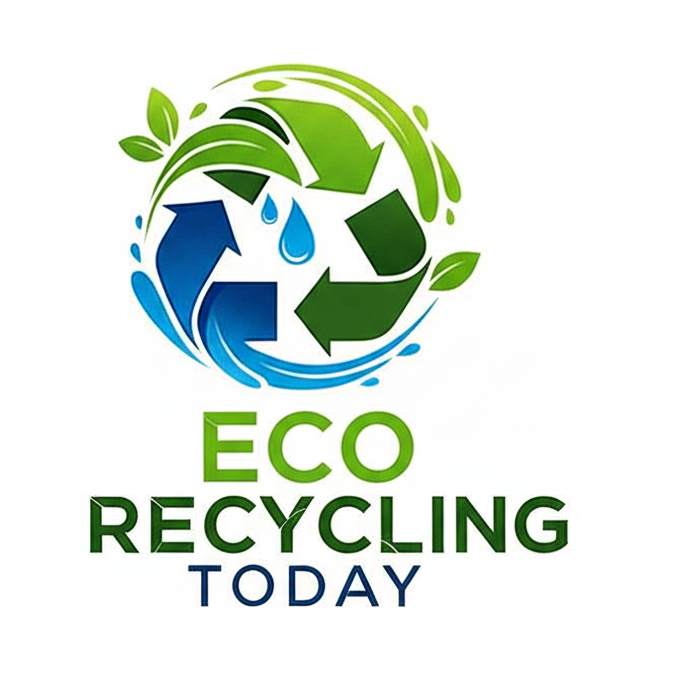Curbside recycling is one of the most effective ways to manage waste sustainably, offering convenience to households and businesses alike. With just a little effort, participating in curbside recycling programs can significantly reduce waste sent to landfills, conserve resources, and lower carbon emissions. We’ll explore the benefits of curbside recycling, how to participate effectively, and tips for improving your recycling habits.
What Is Curbside Recycling
Curbside recycling is a system where recyclable materials are collected directly from homes and businesses. Typically, residents place their recyclables in designated bins, which are picked up by local waste management or recycling services. It’s a simple way to ensure recyclable items are diverted from the trash and processed for reuse.

How to Participate in Curbside Recycling
1. Understand What’s Accepted
Each program has specific guidelines for acceptable materials. Commonly accepted items include:
- Paper and Cardboard: Newspapers, magazines, and flattened boxes.
- Plastics: Bottles and containers labeled with recycling symbols (typically #1 and #2).
- Metals: Aluminum cans, steel cans, and tin foil (cleaned).
- Glass: Clear and colored glass bottles and jars.
Tip: Avoid “wishcycling” (placing non-recyclable items in the bin in the hope they’ll be recycled). Contaminants can harm the recycling process.
2. Prepare Materials Properly
- Clean and Dry: Rinse out food and beverage containers to prevent contamination.
- Flatten Boxes: This saves space in your bin and the recycling truck.
- Separate Materials: Some programs require separating materials, while others allow
- single-stream recycling (all materials in one bin).
3. Follow Collection Schedules
Be aware of your pickup days and place your bin on the curb the night before. Check with your local service for holiday schedules or weather-related changes.
Common Challenges in Curbside Recycling
1. Contamination
Items like greasy pizza boxes, plastic bags, and non-recyclable plastics often end up in recycling bins, leading to contamination. This can render entire batches of recyclables unusable.
Solution: Familiarize yourself with your program’s guidelines and ensure only clean, accepted materials go in the bin.
2. Low Participation Rates
Despite the convenience, some communities experience low engagement in recycling programs.
Solution: Spread awareness through community campaigns, school programs, or social media to highlight the benefits of recycling.
3. Recycling Myths
Misconceptions, such as “all plastics are recyclable,” lead to improper recycling practices.
Solution: Share accurate, up-to-date information and encourage neighbors to stay informed.
Tips to Improve Your Curbside Recycling Efforts
- Recycle Right: Follow local rules to ensure your efforts have a positive impact.
- Reduce Waste: Minimize single-use items and opt for reusable alternatives.
- Stay Informed: Check your municipality’s website or contact your recycling provider for updates on accepted materials and schedules.
- Educate Others: Share your recycling knowledge with friends and family to encourage participation.
The Future of Curbside Recycling
As technology advances, curbside recycling programs are becoming smarter and more efficient. Many cities are introducing:
- Smart Bins: Equipped with sensors to track usage and contamination.
- Expanded Material Acceptance: Programs are beginning to include hard-to-recycle items like e-waste and textiles.
- Pay-As-You-Throw Systems: Encouraging waste reduction by charging residents based on the amount of trash they produce.
Curbside recycling is an easy, impactful way to contribute to a sustainable future. By understanding your local program, preparing materials correctly, and encouraging others to recycle, you can help reduce waste, conserve resources, and protect the environment.
If you need convenient curbside recycling, we can provide reliable services that make managing recyclables easy for both homeowners and businesses. Our solutions simplify the entire process—ensuring that materials are collected, processed, and reused efficiently. Join us in reducing waste, conserving resources, and promoting sustainability in your community.
